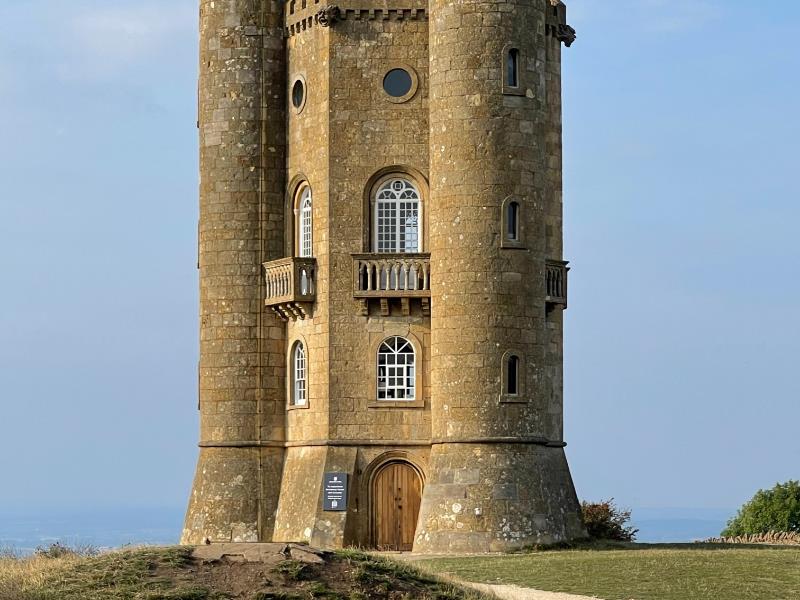The History Of Toilets
Home / Wiki / The History Of ToiletsLast updated Thu 26 May 2022
Toilets have been used by people for at least six thousand years, providing sanitary alternatives to other methods of waste removal. However, the development of toilets occurred independently in many different regions in different times, and the technology changed substantially multiple times before the modern incarnation was reached.

Some castles elected to remove their waste into a surrounding moat
The First Toilets
The first toilets are dated back to the 4th millennium, BCE. The earliest known toilet was an internal pit toilet built roughly in 3200 BCE in the city of Uruk, Mesopotamia. Notably, Mesopotamia is well known for many early examples of plumbing, though their different cities seemed to be focused on different plumbing outcomes. The internal pit toilet is simply a pit latrine, and would have required regular manual dumping of the waste material contained within it.
Come 3000 BCE, and the Neolithic city of Skara Brae built more internal toilets that connected to a communal drain instead of a small pit. On the other side of Europe, the Indus Valley Civilisation designs the first urban sanitation systems circa 2800 BCE. These systems involved toilets built into the walls of homes, which were simply vertical chutes that fed into a cesspit or street drain beneath it. Both Skara Brae and the Indus Valley Civilisation also made use of water-cleaning toilets to dispose of waste, though these required that the water be deployed manually.
As with so many other aspects of plumbing, the Greco-Romans revolutionised toilets, though only temporarily. The Romans were the main innovators of this technology, and they designed flowing water toilets to be used as part of their public bathhouses. They built latrines as part of the basic design of their cities, and they elevated them with the result being that one might use them while sitting down. However, the current understanding is that they were only initially elevated to allow the waste to fall into a sewer underneath it, which would be periodically flushed with water.
Finally, as Europe began to enter the Middle Ages, they began to make extensive use of garderobes. This term initially applied to small rooms found inside of a castle, typically storerooms, but it became conflated with toilets thanks to their design in this time period. The toilet of the Middle Ages was nothing more than a simple wooden table with a hole in its centre, and the hole discharged waste to the exterior of the castle or manor. Typically, the garderobe terminated in either a cesspit or the castle moat.
Throughout this time period, it was also common to see use of a chamber pot. The chamber pot was simply a receptacle of some sort, typically made of ceramic or metal, that held waste. Once full, the chamber pot was taken to an external location to be dumped and reused.

Where no moat was available, architects typically instead opted for a cesspit
Modern Toilets
By the time of the modern era, chamber pots were still the dominant method of waste disposal. However, as cities grew denser with the passage of time, the existing street gutters became unable to appropriately dispose of the waste, leading homeowners to build their own cesspits. Because the cesspits were built externally to the latrines, homeowners built pipes to connect the two, and they occasionally used water to flush the waste through the latrine into the pipe and out into the cesspit.
Come the 19th century, officials started to look at the effects cesspools were having on sanitation, and they started to order the construction of underground passages and pipeways to carry waste away from urban centres, though it was only after the First World War that London codified a requirement for indoor toilets into their building codes.
This change to the building codes was made possible by the invention of flush toilets in 1770. At this time, the toilet took on a decidedly modern appearance, with a cistern, s-bend, and toilet pan, and its invention is owed to both Alexander Cumming and Joseph Bramah. Thanks to the constant use of water for flushing out the contents of the toilet, the rooms the toilets were built into were dubbed 'water closets', and this term is still used today in some parts of the world, particularly any location with a history of British colonialism.
The bedroom floor was the first to get a toilet installed in the 1850s, and this today has become the ensuite used in many homes. Next, the maids' accommodation had its own toilet installed, and then, finally, an additional toilet in the hallway of the house, which has survived to the modern-day. Finally, come 1918, the Tudor Walters Report recommends that semi-skilled workers should be housed in cottages with internal water closets, and soon, London has made it a requirement that all buildings contain an internal toilet, setting off a revolution in plumbing around the Western world.
The Next Steps For Toilets
In some regions of the world, particularly in Japan, innovations are continuing to be applied to the flush toilet. The rise of bidets and blow dryers can help improve sanitation, while some toilets include additional hardware to allow the monitoring and analysis of all waste samples. On a simpler scale, some toilets also have heated seats and deodorising fans for comfort, as well as the automated replacement of paper toilet-seat covers in public bathrooms.

This is an example of an ancient latrine
Catherine McLeod
20 Jun 2025
Verified
The service we received was fantastic. The boys were friendly to deal with and did a brilliant job and it was quick and efficient. They did everything possible to assist us with our new hot water syst... more
Ryn
13 Jun 2025
Verified
This is the third time we have gone with Aptus, and for good reason. Tyler and his off aider did an amazing job installing our garden pump and removing an old solar heart off our roof. The installatio... more
Isaac Kirsch
13 Jun 2025
Verified
Aptus were prompt, efficient and professional. During a new retaining wall construction I uncovered the house water main feed. Called several plumbers but Aptus were the only ones able to come out sam... more

We happily service all areas of Brisbane and beyond. Get in touch today.
And enjoy peace of mind with a dedicated team on call 24/7
